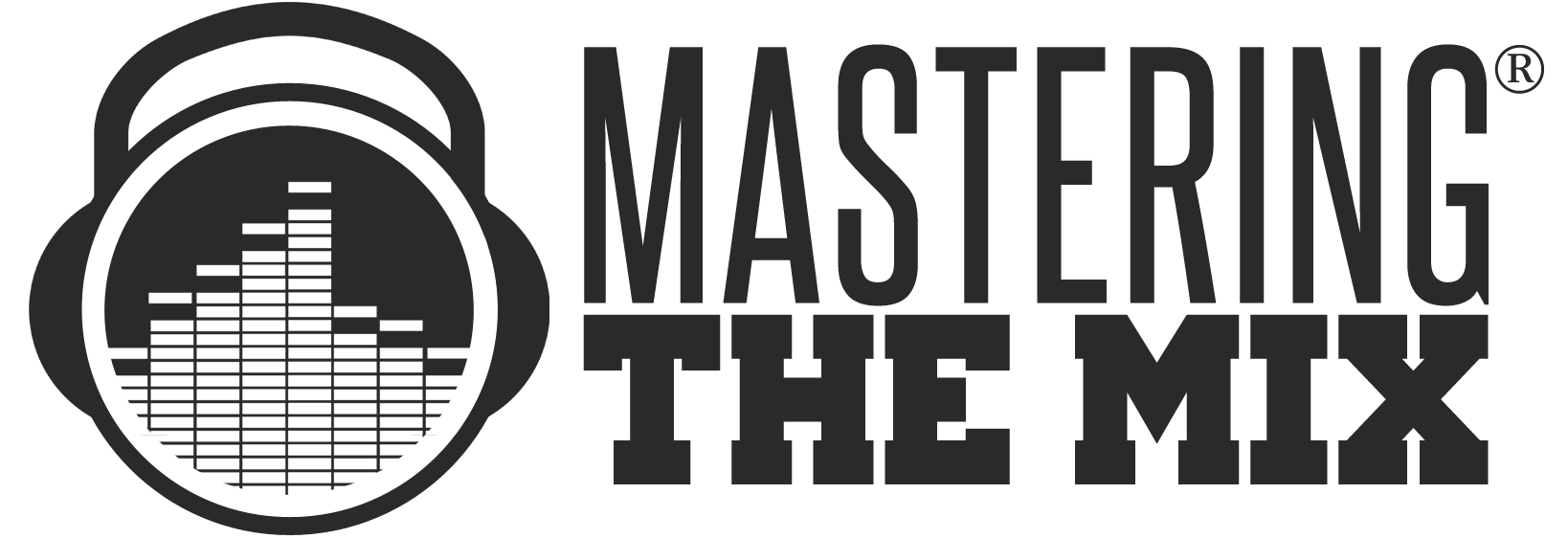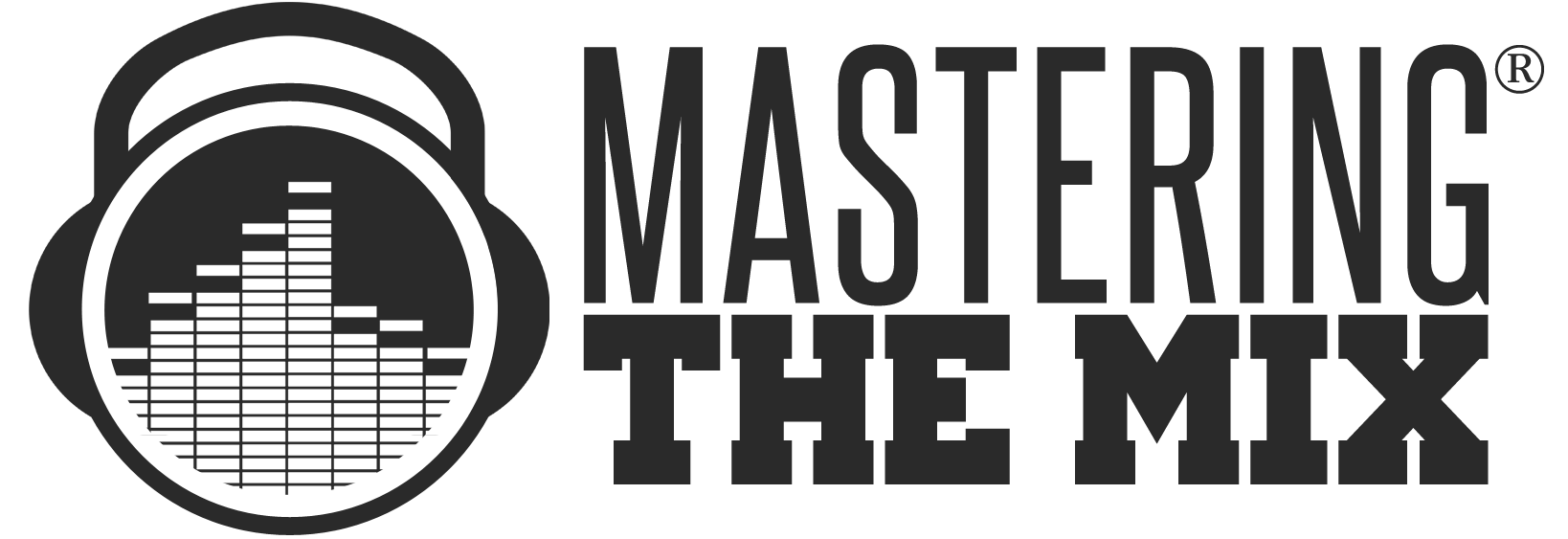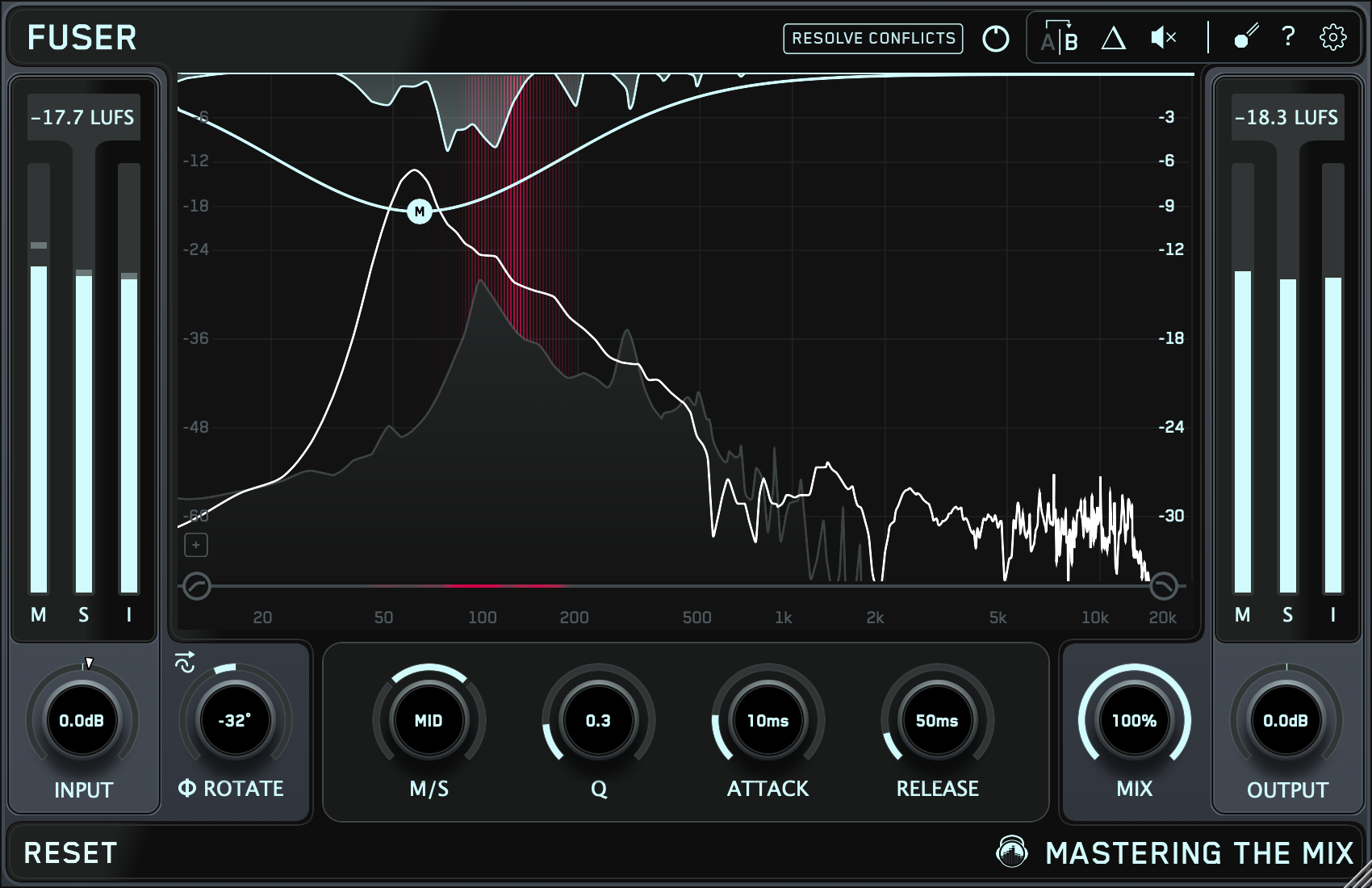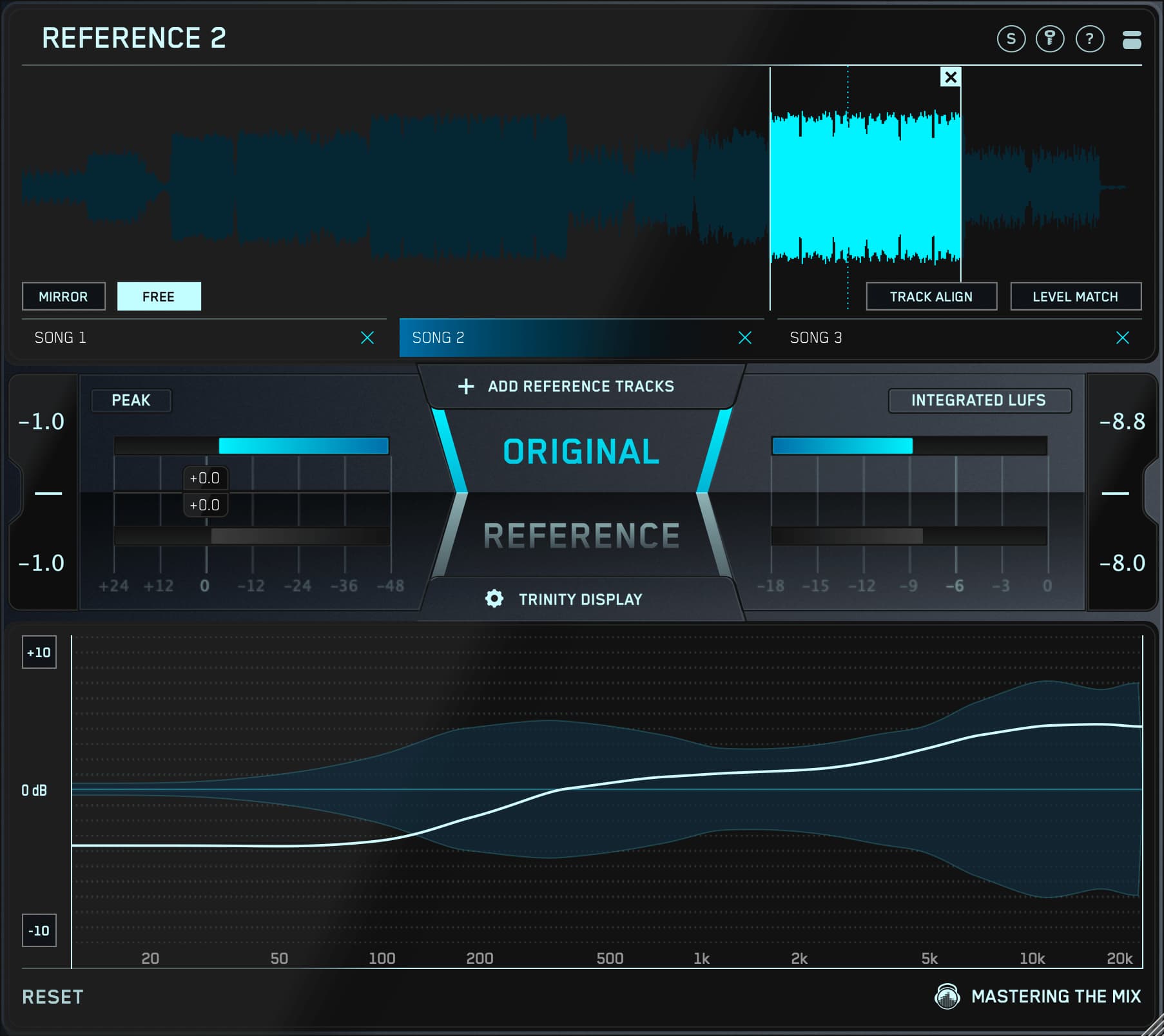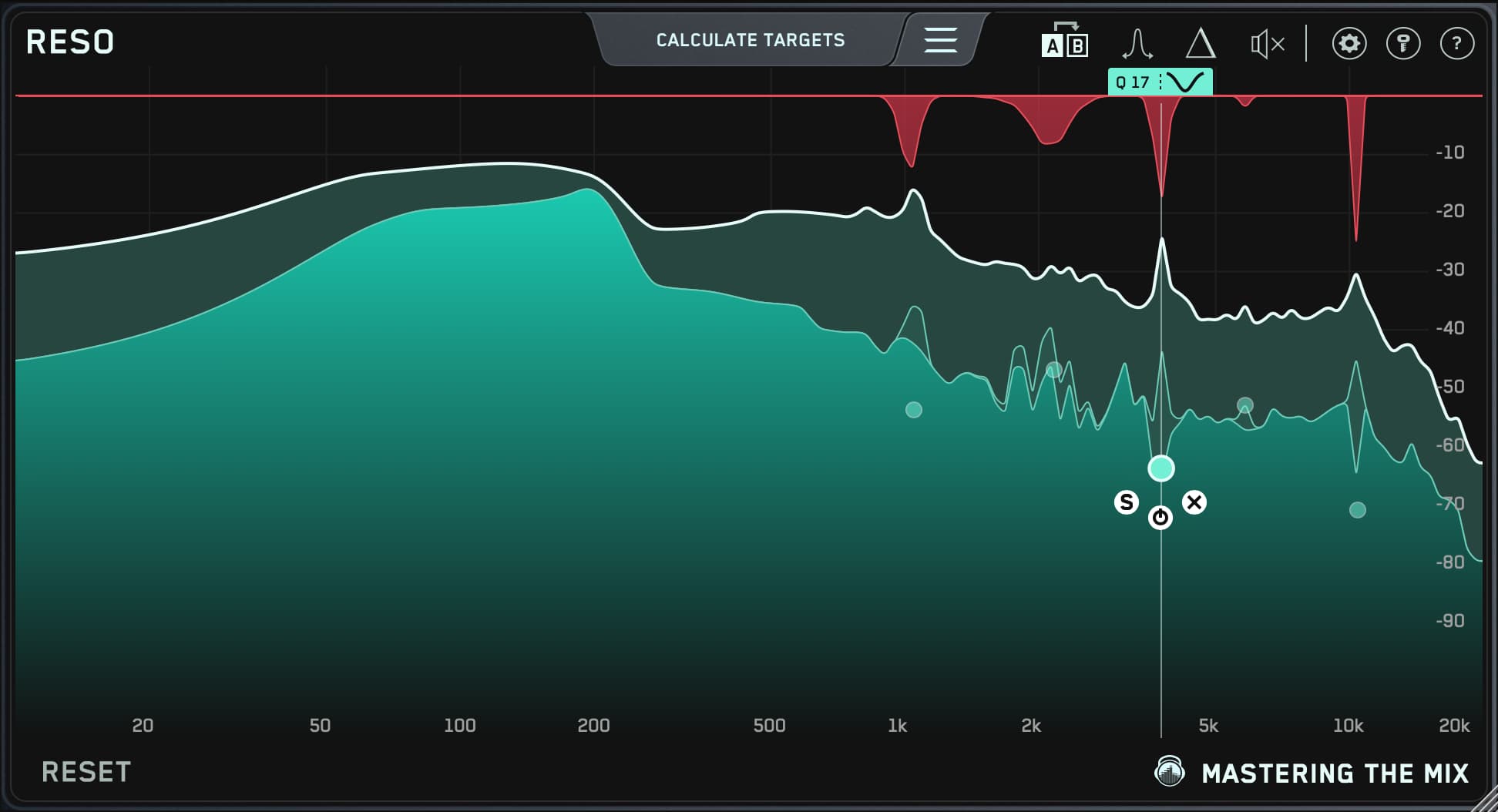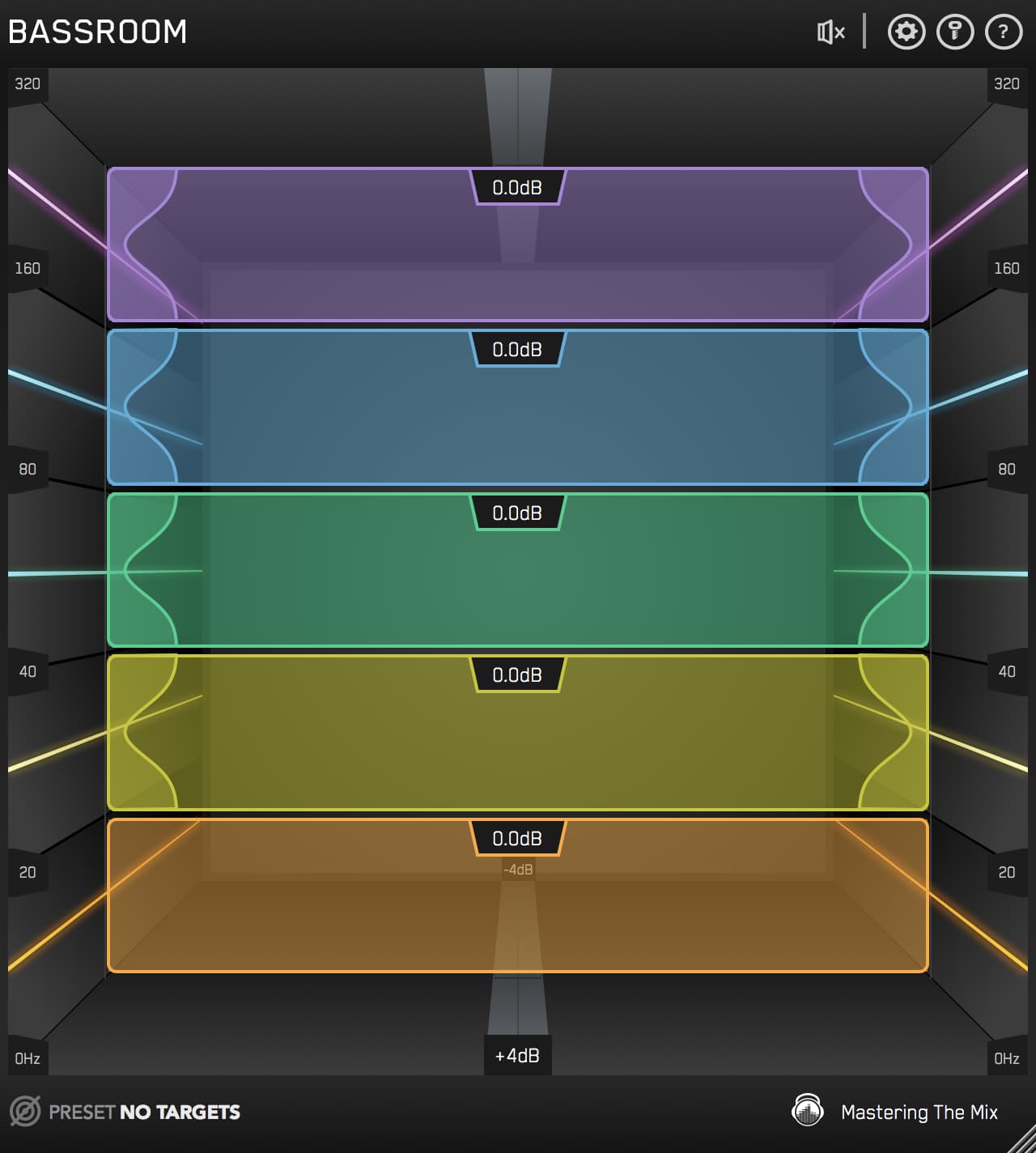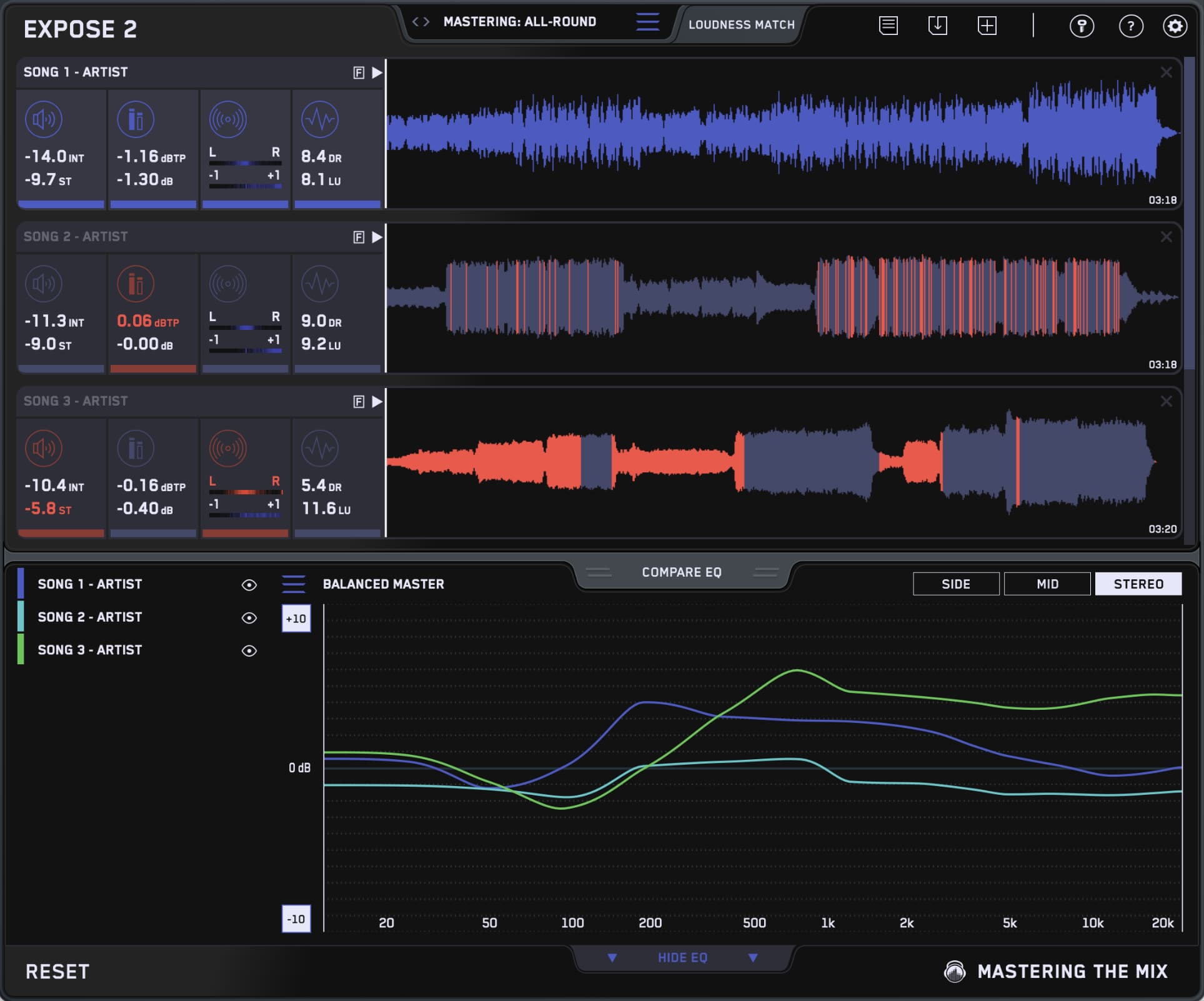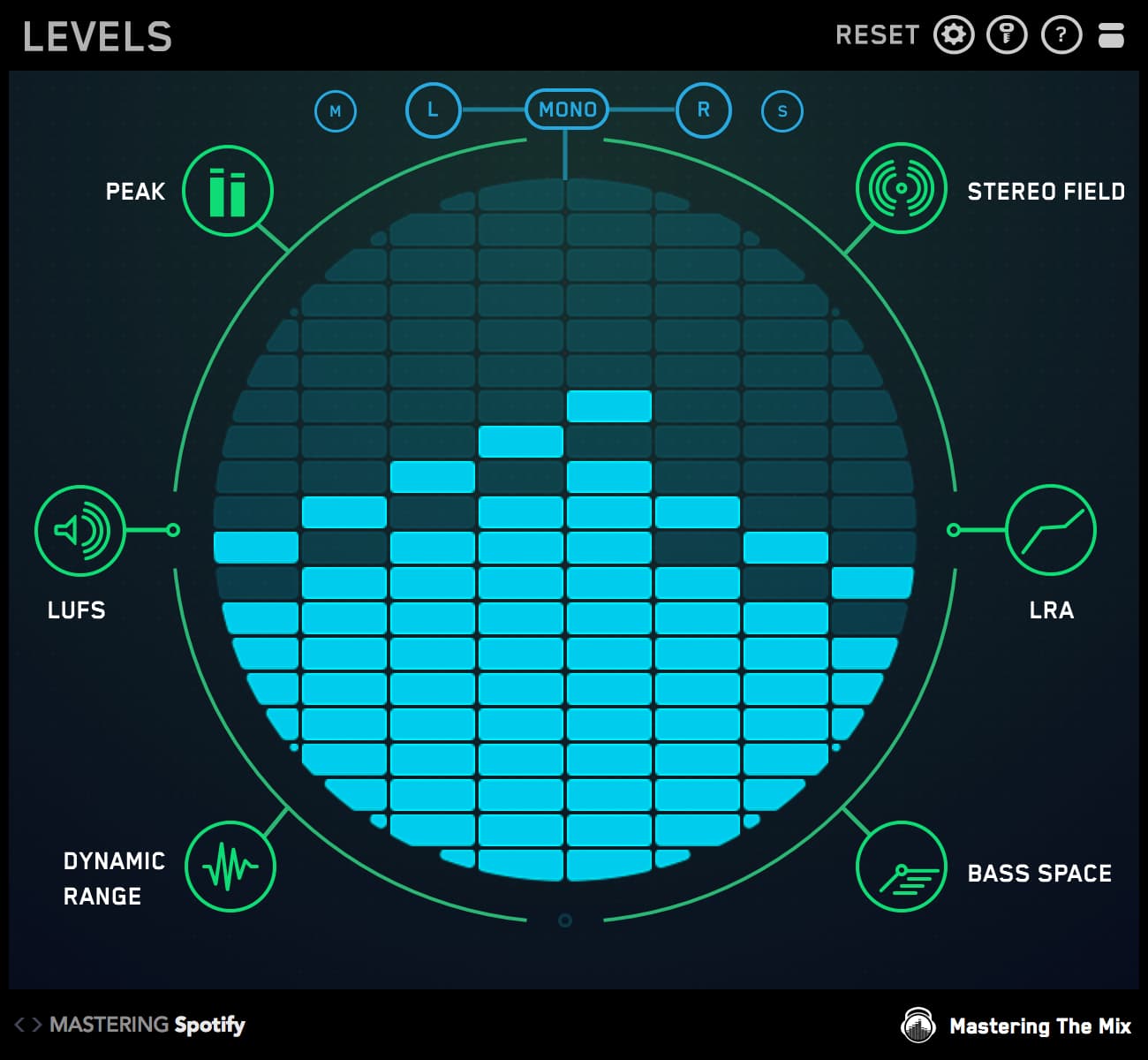EQ is a powerful tool. It can be used to correct problems with bad recordings or to enhance the sound of a track, making it sound larger than life.
And when used correctly, it can even be used to create space and separation in a mix, making it easier to hear each instrument.
In this blog, we’ll show you some of our favorite tips and tricks for creating space in your mix using EQ.

EQ for Depth
One of the most basic ways that EQ can be used to create space is by moving tracks forward and backward in the mix. With some well-placed EQ moves, you can make it sound like tracks are closer or farther away from the listener.
Think of what it sounds like when someone whispers in your ear. Even though it’s very quiet, you can still hear every detail, which makes it sound extremely close.
Now think about what it sounds like when you’re walking up to a festival stage and you hear the music playing from the back of the crowd. Even though it’s loud by the stage, the music sounds dull and muffled because you’re far away.
EQ can be used to simulate this effect. By enhancing the highs of a track, you can make it sound closer to the listener without adjusting the level in the mix.
This can be very useful for bringing tracks forward in the mix without detracting from other core elements of the song.
Try using a high-shelf to boost frequencies above 6-10 kHz to add clarity and detail to a track. Just be careful not to make the track sound harsh or shrill. A de-esser can be a helpful tool for taming sibilant frequencies while still enhancing the detail of the high-end.
Similarly, you can also use a high-shelf or low-pass filter to roll off the highs, making it sound farther away. Just make sure you don’t trim off too much high-end, otherwise, the track will sound muddy and undefined.
It’s also a good idea to use a high-pass filter to roll-off a little bit of low-end. Not only does this create more space for other bass instruments, but it also helps reinforce the psychoacoustic effect of an instrument being far away, as super-low frequencies are more direct and present up close.

EQ for Width
In addition to moving tracks back and forth in the mix, EQ can also be used to place tracks around the stereo spectrum.
Mid/side EQs like MIXROOM make it easy to quickly create separation between tracks with versatile shaping controls.
One of the key ways our ears determine directionality is through high frequencies. That’s why it’s so easy to tell exactly who is whispering in a movie theater, but so hard to pinpoint where the sound of thunder is coming from.
One great way to create separation in your mix is to focus the bass frequencies in the center channel. Since our ears are more accustomed to hearing high frequencies in stereo, you can safely solo bass tracks in the center channel without making the mix feel imbalanced.
To do this, add a band in the low-end and use the Q bandwidth control to focus on frequencies below 500 Hz or so.
Then, hover over the dB readout and you’ll see the stereo icon appear just below. Click the “M” on the left side to switch this band to mid, and give it a slight boost to enhance the low-end in the center channel.
For even more width and separation, create another band in the high-end and use the q bandwidth and frequency controls to focus on frequencies above 6-10kHz.
This time, either click the “S” just below the dB readout to switch this band to “sides only,” or click and slide the stereo icon left and right to create the perfect blend of mid and side for that EQ adjustment.
This is a great way to make a track sound wider by enhancing the highs on the sides without removing any detail or clarity from the center channel.

EQ for Separation
One of the most effective ways to create space in a mix is to identify the key frequency range of the most important elements in the track and use EQ to carve out space on all of the other tracks to make room.
EQs like MIXROOM and BASSROOM are great for this because they make it easy to break down the frequency spectrum into different clearly visible bands.
Start by identifying the key elements of your mix. Depending on the song, that may include vocals, kick, snare, bass, guitars, keyboards, and more.
Then, identify the fundamental frequency range for each instrument. For instance, in the bass, it may be as low as 40 Hz, while the “root” of the kick is closer to 160 Hz.
To increase the separation between these two instruments, you could use a high-pass filter on the kick and roll-off any necessary low-end below 40 Hz to make room for the bass.
Similarly, on the bass track, you would make a cut around 160 Hz to carve out space for the kick drum. This allows both instruments to be heard clearly at the same time.

Even when you know what to listen for, it can still be tricky to identify the fundamental frequency of each instrument by ear. To help you zero in on the right frequency, use the frequency sweeping method.
Load up a new instance of MIXROOM and add a new band. Increase the Q value of the band by dragging the handle at the top or bottom of the band toward the center. Then, crank up the gain and use the energy heat map on the side to see which frequencies stand out the most. You can also hit solo on the band in MIXROOM whilst you sweep to hear which frequencies jump out to you.
Boost the band in this range to ensure you found the right frequency. When you hear the track start to cut through the mix, lower the gain and the Q value to create a more gentle boost.
Another approach is to use a frequency analyzer plug-in to see which frequency range stands out the most. Give this area a gentle boost with a wide bell to give each track its own color and character.
Repeat this process for the rest of the key tracks in your mix—just be careful not to carve your mix to pieces! Making too many cuts can cause your mix to sound disjointed and imbalanced.
It’s also important to make sure you don’t boost the same frequency band on multiple instruments. The whole idea is to make each track stand out, so if you boost the 6-10kHz range on every track they’ll all start to clash with one another.
Sure, the air band sounds great on anything, but if you put it on everything your mix is going to have enough top-end to tear someone’s head off.

Now that you know how to use EQ to create depth, width and separation, you can easily give your next mix a well-balanced sound whilst minimising conflicting frequencies.
